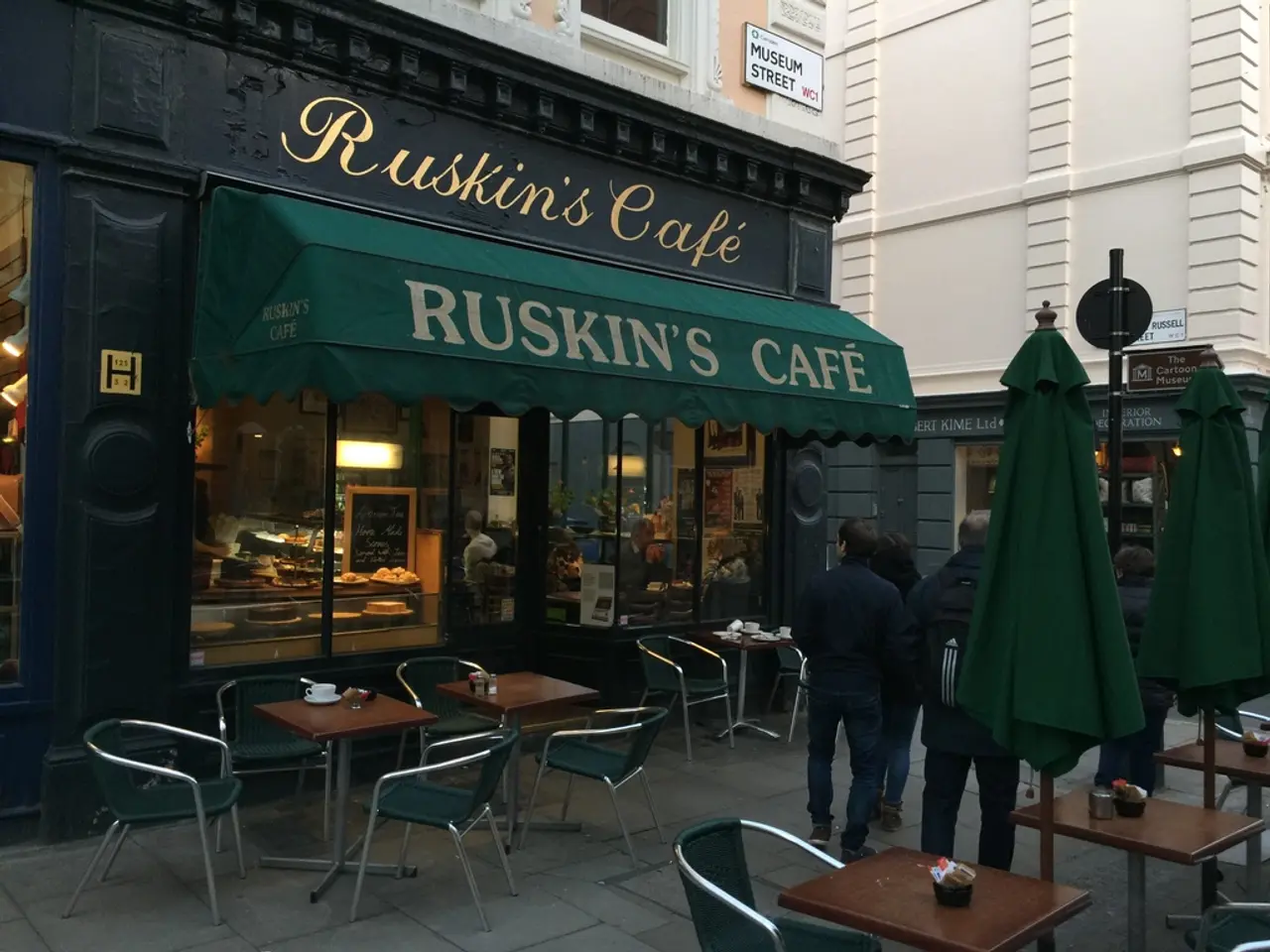Rise in Vacancies for Offices in Major German Urban Areas Significantly Increases
In recent times, German metropolises have witnessed a surge in office vacancy rates, with the current vacancy rate reaching its highest level since 2013, at approximately 7.6 million square meters of unused space. This trend is a result of several key factors, including shifts in work patterns, economic downturn, structural oversupply, and global economic uncertainty.
One of the most significant contributors to this trend is the widespread adoption of remote work. With fewer employees requiring physical office spaces, companies are reducing their footprint, leading to a rise in vacant offices across cities.
Economic uncertainty, coupled with higher interest rates, has also played a role in reducing commercial real estate investment activity. This decline in investment affects the development and occupancy of office spaces, contributing to higher vacancy rates.
Many German cities, particularly Düsseldorf and Frankfurt, are experiencing structural oversupply in certain sub-markets due to the construction of new office buildings. Additionally, consolidation in sectors like banking and insurance has resulted in downsizing office space requirements, further exacerbating vacancy issues.
While US trade tariffs are not directly cited as a major factor, global economic uncertainty can impact trade and investment, indirectly affecting office demand. However, the primary drivers of vacancy rates in German metropolises are more localized factors like remote work and economic conditions.
Despite these challenges, prime yields in German office markets remain stable, indicating some resilience in the market. However, the uneven development across cities highlights the importance of location and quality in determining property value. Higher interest rates and economic uncertainty have led to a cautious approach in the real estate sector, emphasizing the need for selective investment strategies focusing on high-quality locations.
Office properties are recovering at a slower pace compared to apartments and houses. The principle of "smaller but better" is being applied, with companies paying high rents for modern spaces in prime locations, while old office buildings often stand empty, especially in peripheral locations.
In the first half of 2025, more office space was rented compared to the previous year, with a floor area of around 1.4 million square meters. However, signs of large deals in the office market have shown signs of waning enthusiasm. Some deals are being postponed, particularly in the second half of the year.
The available office space in metropolises like Berlin, Hamburg, Munich, Frankfurt, Düsseldorf, Cologne, and Stuttgart totaled over 7.6 million square meters in the second quarter. The vacancy rate in these metropolises is 7.7 percent, significantly above the approximately 5 percent vacancy rate considered healthy for the market. In 2013, the vacancy rate in the metropolises was 8.0 percent.
In conclusion, the rise in office vacancy rates in German metropolises is a complex issue with multiple contributing factors. While the trend towards remote work and economic conditions play significant roles, the market remains somewhat resilient, with prime yields remaining stable and selective investment strategies showing promise.
- The surge in office vacancy rates in German metropolises, particularly in cities like Düsseldorf and Frankfurt, is partly due to the increased adoption of remote work, resulting in fewer employees requiring physical office spaces.
- Economic uncertainty and higher interest rates have led to a decline in commercial real estate investment activity, which in turn affects the development and occupancy of office spaces, contributing to the rising office vacancy rates in the metropolises.




